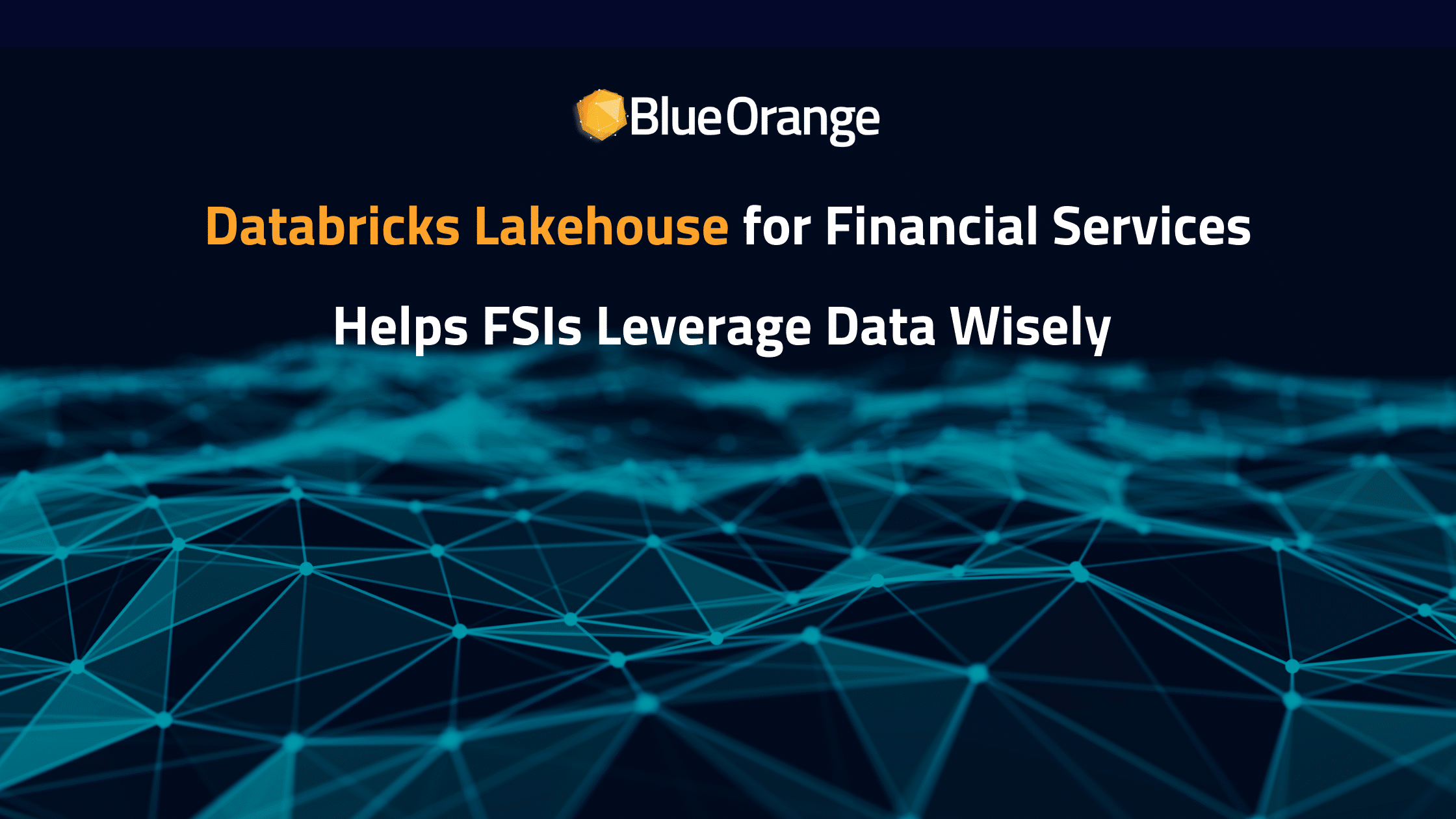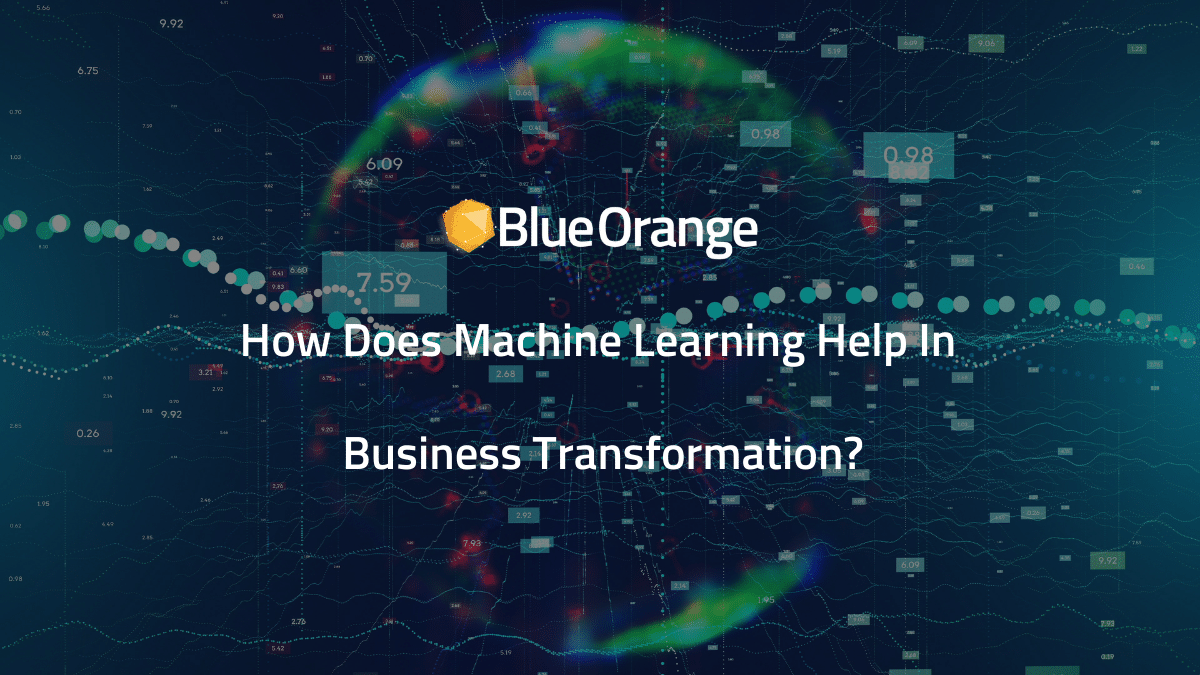-
Simply reading these three terms together creates confusion. This happens because intelligence and analytics are pretty abstract concepts that give the idea that they could easily overlap each other. However, the distinction between Business Intelligence (BI) and Business Analytics (BA) is not only realistic but also crucial to avoid misunderstandings. Also, this leads us into clarifying the difference between Data and Business Analytics.
Managing ever-growing volumes of data requires efficient algorithms and programs that turn numbers into comprehensible metrics to base decisions on. BA is fantastic at supplying analysts with advanced analytics but these results are achieved in combination or completely based on the principles of BI. Both these data collection systems integrate similarly with one another to increase business revenue but purpose differentiates them.
To build the big picture, we can say that Business Intelligence is branched into other subsets like Business Analytics and Data Analytics. Perhaps you’ve seen these terms used interchangeably. To make the borders clear, we’d want to start with simple definitions.
Understanding Business Intelligence (BI)
Shortly put, business intelligence includes all the steps of the data collection process, from the process of collecting it from respective business operations to storing and performing analysis on it. BI provides business owners with actionable metrics which can guide them into profitable decisions.
Employing BI solutions into your business assists you with a clearer understanding of the market trends, performance issues, and compliance enhancement. After finishing the analysis of data sets, BI tools visualize it into graphs, dashboards, charts, or reports for an immediate representation of the business situation.
For instance, an enterprise with a sophisticated supply chain and a vast number of products could utilize the power of BI tools to identify the main shipping issues that arise, top-selling products, or track which shipping methods are used more frequently. Then, shipping delays can easily be tackled if the process is tracked down to their route.
Understanding Business Analytics (BA)
BA aims to reiterate through the business data using statistical techniques and formulas that will enhance the business both in terms of finance and innovation. Business Analytics digests data over a period of time with the intention of producing solutions and strategies that will guide the internal processes of the business for the long term.
Generally, we have three main types of Business Analytics models: descriptive, prescriptive, and predictive. The option you’d choose depends on the stage your business is in. What matters for all of them is that there exists a considerable amount of data to be processed.
Source Understanding Data Analytics (DA)
As the name suggests, Data Analytics stands for the process of collecting large amounts of different data types in the unprocessed form and examining them to attain a certain understanding of a process. This data could be regarding market research, completed transactions, logistics, customer behaviors, etc.
Data Analytics focuses on storing and sorting data accordingly to uncover patterns and trends that emerge among an audience. It heavily relies on big data processing, a combination of statistical techniques, and advanced technologies. You could have encountered the use of Data Analytics solutions in the form of machine learning models.
Comparing Business Analytics, Data Analytics, and Business Intelligence
The three of these systems deal with data collection, ingestion, and transformation into insights that can be leveraged for wiser business decisions. However, there exists some slight differences between them that are crucial to know in order to apply the proper solutions for your business problems.
What Questions Do They Answer To?
Business Intelligence relies on descriptive analytics while Business Analytics focuses mostly on predictive analytics. The former supplies an ample amount of useful clues when it comes to knowing the historical background of what has happened until this point. If we were to define most questions BI can answer to, we’d say that it answers to “hows” and “whats”.
On the other hand, Business Analytics focuses on predictive analytics to forecast the expected outcomes. It relies on data mining, machine learning, financial analysis tools, and numerous data visualization tools. It answers the “whys”, helping you understand the inner mechanisms and create solutions that serve the forefront of the business.
Lastly, Data Analytics covers a broader aspect of data analysis. Compared to Business Analytics, it deals with the backend processes, studying trends, patterns, locating anomalies, and risks. It involves more technical processes, requiring a good understanding of programming languages like Python and other IT skills.
Practical Use Case of BI, BA, and DA
For a better understanding of the three of them, let’s take a practical application: Selling T-shirts online.
Employing BI solutions you’d be able to produce reports with the ongoing statistics of the sales process from a certain point until now. It shows in what area more T-shirts have been sold in the last five days. Let’s say that T-shirts with the quote “Data Rocks”, have the highest number of sales.
Now, you decide to print more of them to comply with the demand. Here’s where Business Analysts enter the room and seek clues: “Why did sales with this quote skyrocket?” Utilizing data mining on your store traffic tells you that most of it comes from Instagram because your Brand Ambassadors have shared the affiliate content you had prepared for them.
But does it end here? Not at all. Your Data Analysts are analyzing each visitor that comes on the site. They would find out the major traffic trends, identify the demographics, and even build systems to track their behavior on the site, and how they click through pages.
Final Thoughts
Choosing which direction to invest your resources: Business Intelligence, Business Analytics, or Data Analytics doesn’t quite make sense as a question because to manage data properly and fully reap its benefits, you need to have the three types of technologies implemented for optimized operations. Blue Orange has extensive experience in building technological systems that are easy to use by analysts and business owners. If you’re still confused about the solutions your business needs, we can set up a 15-minute call and chat about it entirely for free. Book here.

Comparing Business Intelligence vs. Business Analytics vs. Data Analytics
Posted On:
May 26, 2022
May 26, 2022









